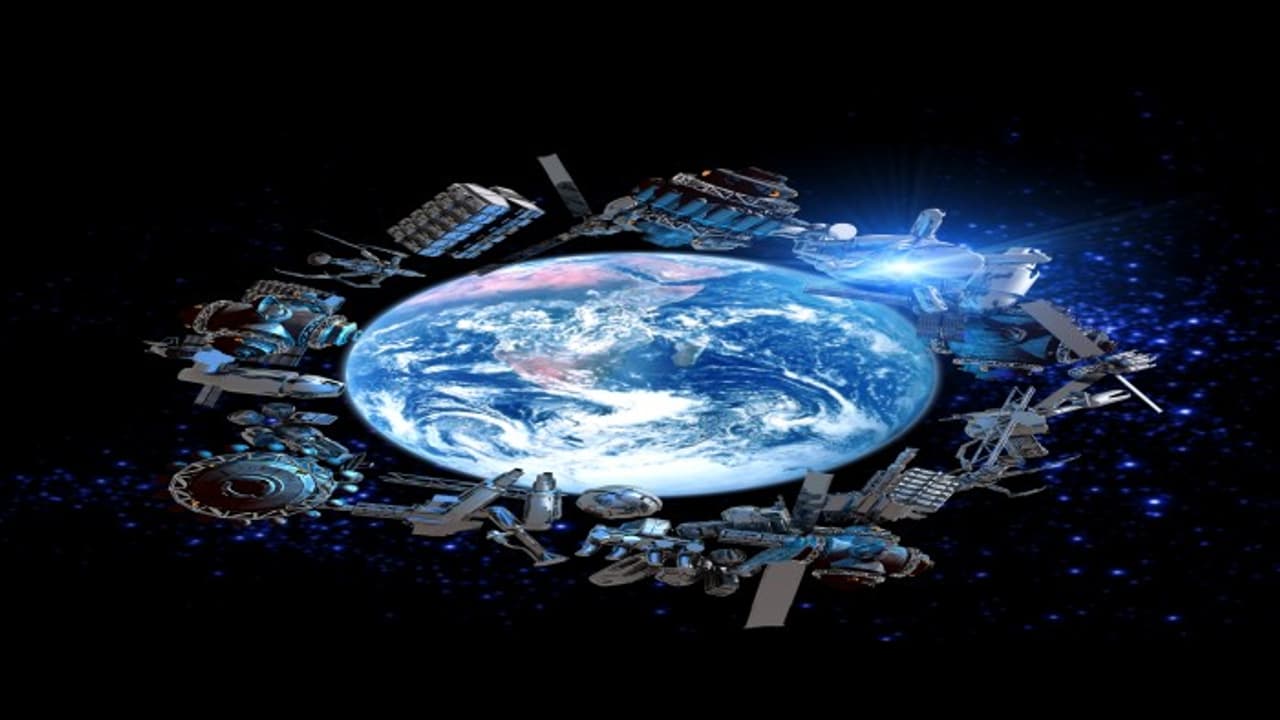More than 11,700 satellites are now orbiting Earth, driven by private companies like SpaceX. Experts warn this rapid growth could cause serious problems like space debris, light pollution, and interference with astronomy and Earth’s atmosphere.
Ever looked up at the night sky and wondered what’s flying above you? As of May 2025, over 11,700 active satellites are circling Earth and the number is growing faster than ever before.

In 2024 alone, more than 2,800 new satellites were launched into orbit. That’s roughly one rocket launch every 34 hours, according to Live Science. Most of this satellite explosion is being led by private space companies, especially SpaceX. The company’s Starlink project has already sent up over 7,400 satellites, making up about 60% of all active satellites today.
Why are so many satellites being launched?
The main reason is the rise of ‘mega constellations’ huge networks of satellites meant to provide internet and communication services across the globe. Besides SpaceX’s Starlink, other major players include:
- Amazon’s Project Kuiper
- OneWeb
- Several Chinese companies
These companies want to improve global internet coverage, especially in remote and rural areas. But this push for better connectivity comes with serious risks.
How many satellites can space handle?
Experts say that low-Earth orbit (LEO), the area up to 2,000 km above the ground, has a ‘carrying capacity’. That’s the maximum number of satellites that can safely be there without causing major problems.
According to scientists, this number is about 100,000 active satellites. At the current launch rate, we could hit this limit before 2050.
In total, including dead and inactive satellites, there are around 14,900 satellites in space, says Jonathan McDowell, an astronomer with Harvard & Smithsonian.
Why this rapid growth is a problem
While satellites bring clear benefits like global internet access and faster disaster warning systems, they also bring challenges such as:
1. Space junk
Old satellites and leftover rocket parts can crash into working satellites, creating debris. This makes space travel more dangerous.
2. Kessler Syndrome
This is a dangerous chain reaction where one satellite collision causes more crashes, making entire orbits unsafe.
3. Light pollution
Bright satellites reflect sunlight, leaving streaks in telescope images and affecting astronomical research.
4. Radio signal problems
Some satellites, especially Starlink, interfere with radio telescopes, making it harder to study deep space.
5. Atmospheric damage
Rocket launches release greenhouse gases, and falling satellites release metal particles that may affect Earth’s magnetic field and atmosphere.
What scientists are saying
Astronomers like Aaron Boley from Canada are urging governments to act. “It causes a space traffic problem, interferes with astronomy, and creates atmospheric pollution,” he told Live Science.
Many scientists are now calling for stronger international rules to manage satellite launches. They say we must slow down the rush to fill Earth’s orbit—before it’s too late.
The bottom line
Satellites help people all over the world stay connected. But without proper rules, this fast growth could cause lasting damage to space, science, and even Earth’s climate. Experts agree: it's time for global cooperation to keep space safe and useful for everyone.


